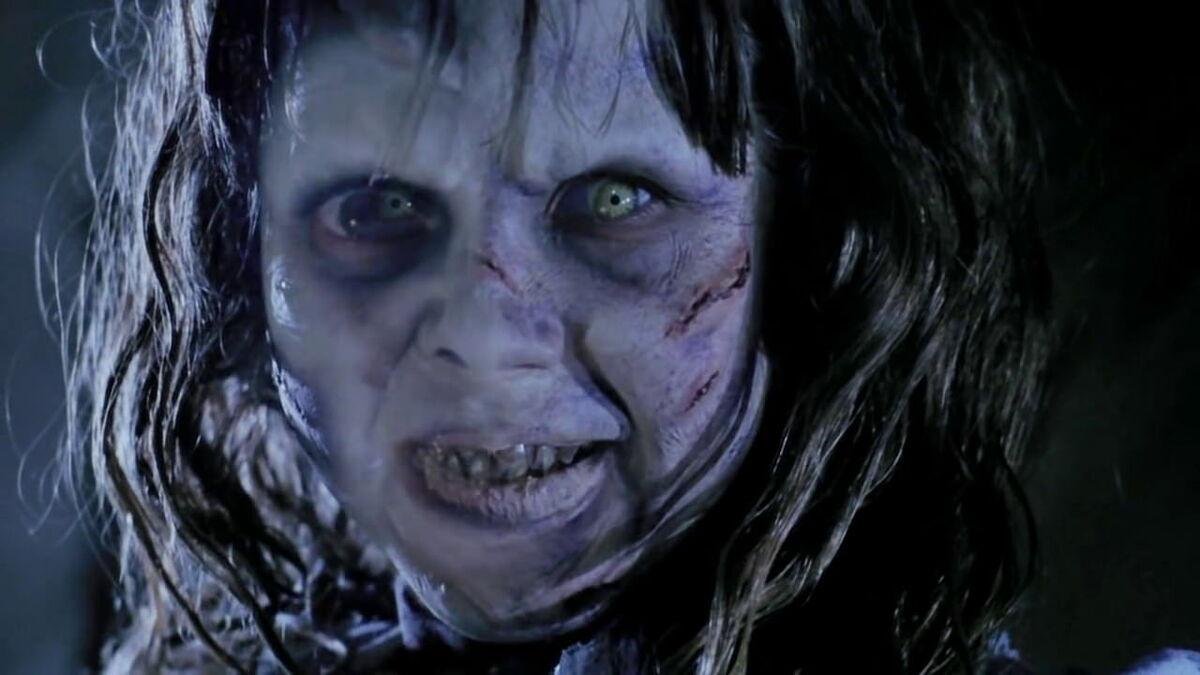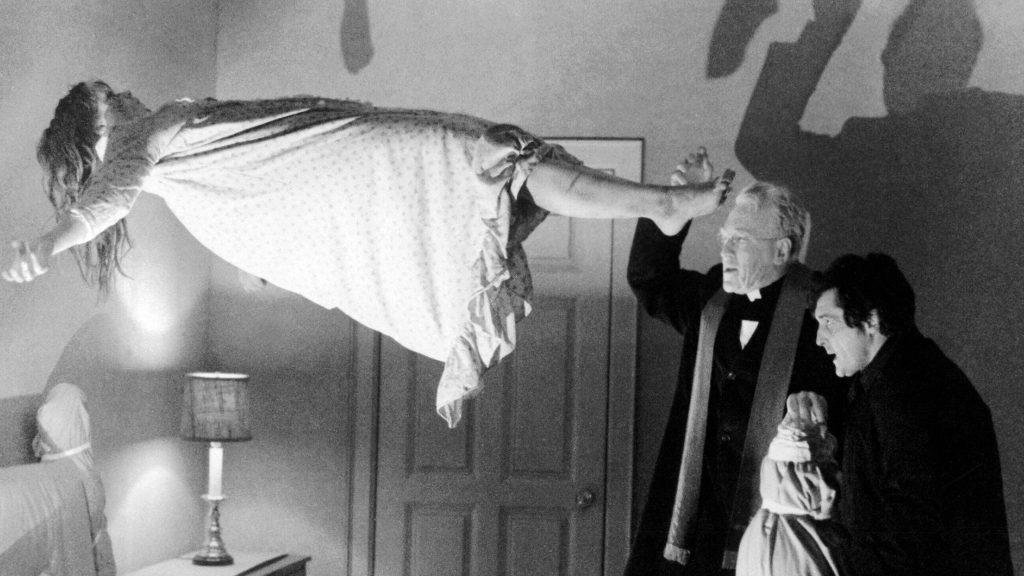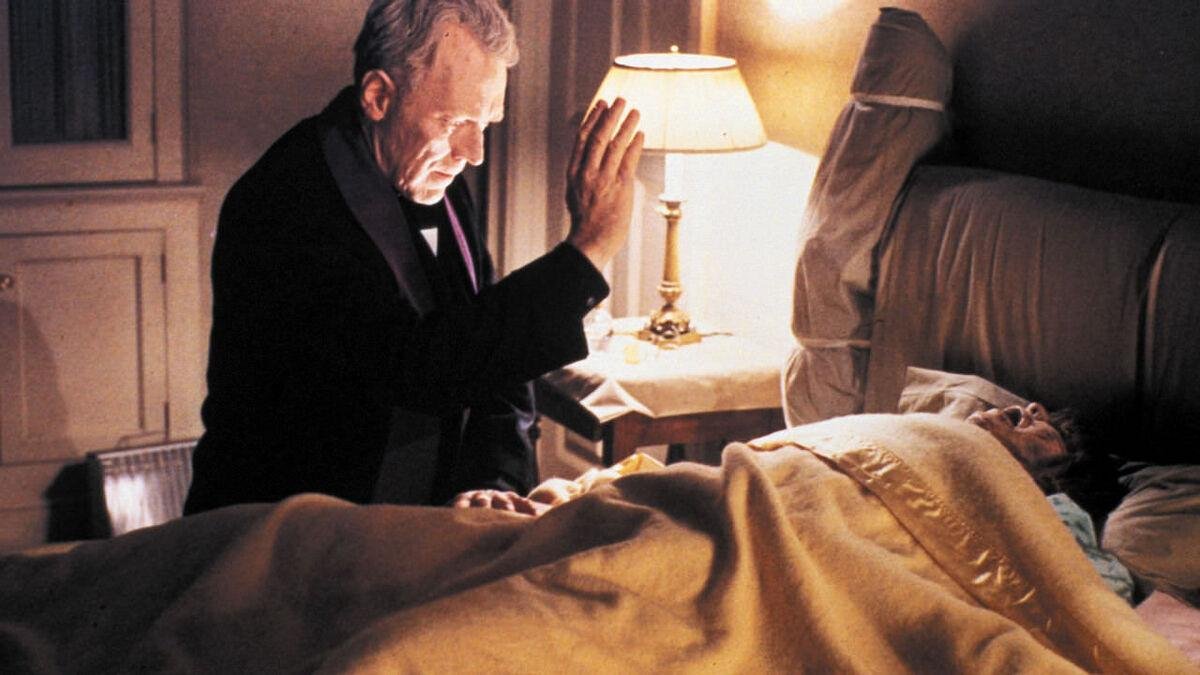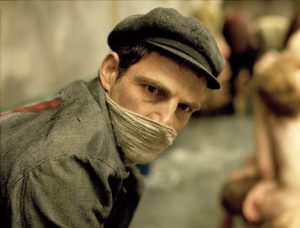The Exorcist: How the Horror Classic Redefined the Possession Genre
In the world of horror movies, few titles are as legendary as “The Exorcist”. Released in 1973, this iconic film not only broke box office records but also redefined the entire possession genre. Directed by William Friedkin and based on the novel by William Peter Blatty, “The Exorcist” introduced audiences to a new level of terror and captivated a generation. In this article, we’ll take a closer look at how “The Exorcist” reshaped the horror landscape and inspired a legion of imitators.
In the world of horror movies, few titles are as legendary as “The Exorcist”. Released in 1973, this iconic film not only broke box office records but also redefined the entire possession genre. Directed by William Friedkin and based on the novel by William Peter Blatty, “The Exorcist” introduced audiences to a new level of terror and captivated a generation. In this article, we’ll take a closer look at how “The Exorcist” reshaped the horror landscape and inspired a legion of imitators.

Introduction to the horror classic “The Exorcist”
If you’re a horror buff, then you must have heard of “The Exorcist.” This 1973 horror classic is a staple in the genre, and it’s not hard to see why. The story revolves around a young girl who is possessed by a demon, and the priests who try to save her soul. What sets this film apart from other horror movies is the level of realism and detail put into the special effects, which were groundbreaking at the time. Additionally, the film’s exploration of faith and religion adds an extra layer of depth to the story. “The Exorcist” redefined the horror genre and set the standard for many films to come.
The impact of “The Exorcist” on the horror genre
The Exorcist, directed by William Friedkin, has had a profound impact on the horror genre since its release in 19 This film redefined what horror could be, paving the way for a new era of horror movies. Its use of special effects and its intense and realistic portrayal of demonic possession shocked audiences worldwide. The Exorcist inspired countless imitations and copycats, but none could match its success. Even today, over 40 years after its release, The Exorcist remains one of the most iconic and influential horror movies of all time.
The use of religious themes in “The Exorcist” and its influence on horror films
“The Exorcist” was a groundbreaking horror film that redefined the genre. One of the most significant aspects that set it apart was its use of religious themes. The film’s portrayal of demonic possession and the subsequent exorcism was not just terrifying, but it also delved into religious beliefs and practices. This type of approach had a profound influence on future horror films, where religious themes often became a staple in the genre. It also sparked debates and discussions about faith, good and evil, and the supernatural. “The Exorcist” paved the way for a new brand of horror that not only scared audiences but also explored deeper themes and ideas.

The role of possession in “The Exorcist” and its impact on horror storytelling
Possession has always been a terrifying concept in horror movies, and “The Exorcist” took it to a whole new level. The film’s portrayal of demonic possession was so realistic and disturbing that it became a defining moment in horror storytelling. The way the possessed character’s body contorts and the unsettling voice of the demon created a sense of pure terror in viewers. The impact of “The Exorcist” on horror cinema is still being felt today, as possession is still a common theme in horror movies. The film’s use of possession redefined the genre and set a new standard for what horror storytelling can achieve.
The legacy of “The Exorcist” on contemporary horror films
“The Exorcist” is a horror movie that has left a lasting impact on the genre. Its success redefined what horror movies could be, and it set the standard for what audiences expect from a truly chilling experience. The movie’s use of practical effects and psychological horror has influenced countless films that followed, and its legacy can be seen in contemporary horror films that seek to terrify audiences. “The Exorcist” has become a classic that stands the test of time, and it continues to inspire filmmakers to push the boundaries of what is possible in the horror genre.
The evolution of special effects in horror films inspired by “The Exorcist”
“The Exorcist” not only redefined the horror genre with its terrifying plot, but it also revolutionized the use of special effects in horror films. Released in 1973, the film relied heavily on practical effects, such as prosthetics, makeup, and animatronics, to bring the demonic possession to life. However, with the advancements in technology, CGI has become a staple in modern horror films, allowing for even more gruesome and realistic effects. Yet, “The Exorcist” remains a classic example of how practical effects can still strike fear into the hearts of audiences decades later.

The controversy surrounding “The Exorcist” and its impact on the horror genre
“The Exorcist” is a 1973 horror film that caused quite a stir upon its release due to its explicit content and terrifying portrayal of demonic possession. It is considered one of the scariest movies of all time and is still widely discussed and debated today. Many critics argued that the film went too far and was too disturbing for audiences to handle, while others praised it for its innovative approach to horror. “The Exorcist” has had a significant impact on the horror genre and is often credited with redefining it. It set a new standard for horror movies and paved the way for more graphic and disturbing films to come.
The importance of sound design and music in “The Exorcist”
The Exorcist is a movie that is widely known for its stomach-churning scenes and spine-tingling suspense. However, the importance of sound design and music in the film cannot be overlooked. The movie’s sound design is so well executed that it adds to the overall horror, making it more immersive for the audience. From the eerie sounds of the demon’s voice to the screeching violins, every sound in the movie is carefully placed and mixed to create a sense of dread. The movie’s music, composed by Mike Oldfield, is equally important in setting the film’s tone. It elevates the tension and adds an ominous atmosphere to the already terrifying scenes. The sound design and music in The Exorcist are crucial elements that contributed to the movie’s genre-redefining success.
Analysis of the characters in “The Exorcist” and their impact on the horror genre
“The Exorcist” is a classic horror film that redefined the genre, and its characters played a vital role in its success. The complexity of the characters, especially Regan and Father Karras, made the audience invested in their journey, creating a level of emotional investment that made the horror elements even more impactful. Regan‘s possession and Father Karras’ crisis of faith added depth to the story, making it more than just a simple scarefest. The impact of “The Exorcist” on the horror genre is undeniable, and it is in large part due to the masterful character analysis and development that took place in the film.
The future of the “Exorcist” genre and its potential for redefinition
The “Exorcist” genre has been a cornerstone of horror cinema since the release of the original film in 19 However, with the rise of modern horror films that rely heavily on jump scares and gore, the “Exorcist” genre has struggled to stay relevant. Nevertheless, there is potential for the genre to be redefined by exploring new themes and approaches. For example, a film that explores the psychological effects of possession on the victim could be a fresh take on the classic formula. As long as filmmakers are willing to take risks and think outside of the box, the future of the “Exorcist” genre is potentially bright.
For more information about ‘The Exorcist’ genre redefinition, including movie details, cast information, etc..
check out the filmaffinity page.



